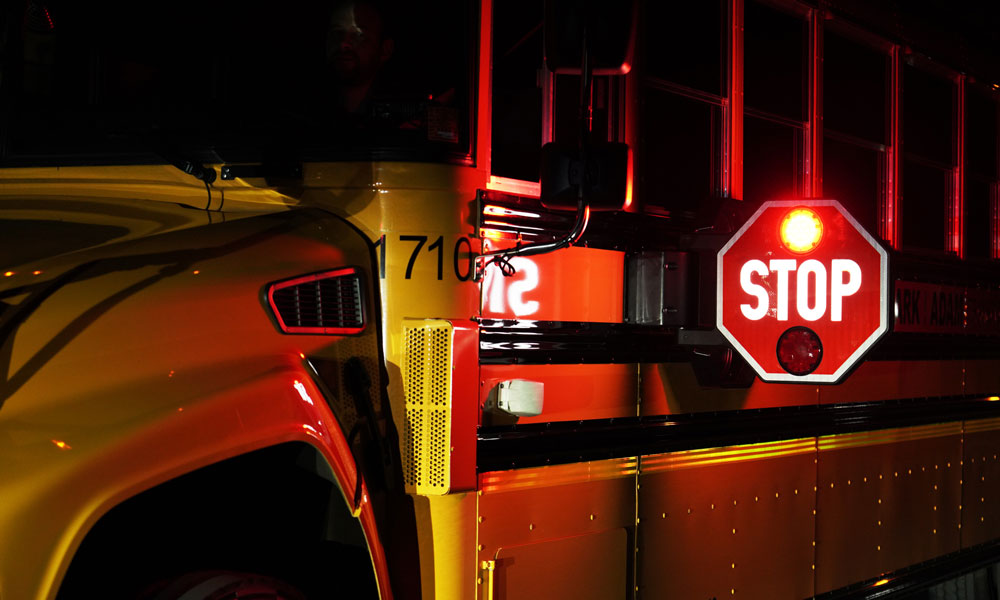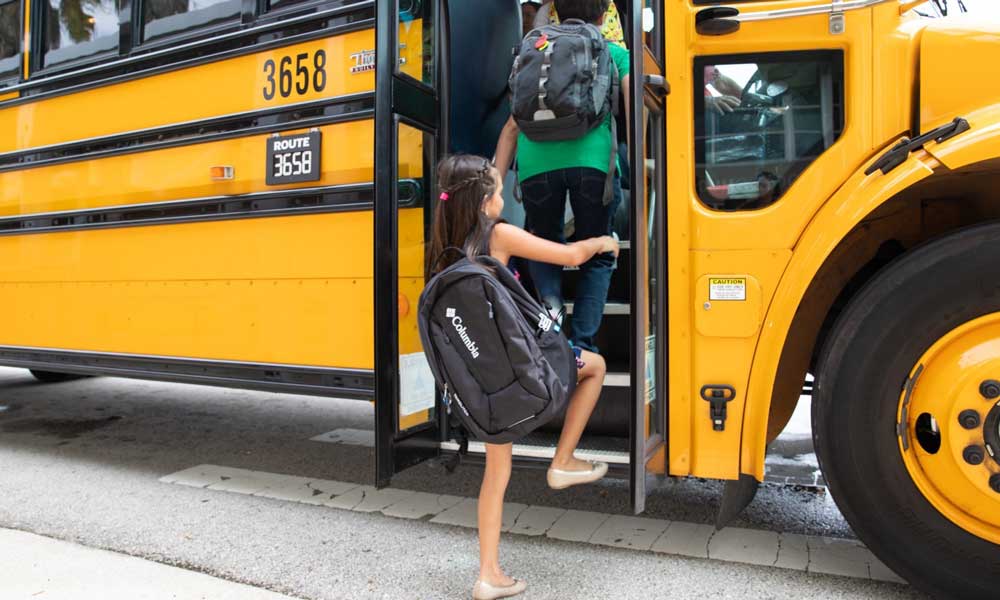Expert Advice Series: Special Needs Transportation (Part 2)
Our industry expert, Kala Henkensiefken, had such valuable insight and advice on the subject of special needs transportation, we asked her to share more on her secrets to success. Here is the rest of our interview:
Q. Do you think Special Needs Transportation has become more complex over the years?
A. Yes, definitely. I think the school system is identifying children with disabilities at an earlier age and more of those children are transported on buses than ever before. The range of disabilities travelling on the school bus has increased as well. On special needs buses you may have children that have a physical disability which brings the challenges of proper securement and a more lengthy loading and unloading process. You also may have children diagnosed with autism that have significant behavioral challenges that need to be addressed throughout the ride to school. This has further increased the demand for special needs training from just things like securement to include training on behavior management.
Another complexity comes in on the routing side. In our district we have to ensure that a special needs student is not riding the bus any longer than a general-ed student which is approximately 1 ½ hours. Since we operate in a rural district, special needs students often live up to 40 miles from their school. Ensuring ride times don’t exceed that guideline of 1 ½ hours can be challenging.
Q. What technologies or equipment do you use to ensure the safe transportation of students with disabilities?
A. Of course when it comes to transporting students in wheelchairs, our securement technology is very important, but we also rely on our routing software to alert parents when a bus is down due to mechanical issues, and our child check system to ensure no child is left on the bus unattended.
Our Seon camera systems have also been a great tool to not only address discipline and behavior issues reported on the bus, but to use as a teaching mechanism for both drivers and the school administration. Video is very powerful in delivering the context of what is really happening.
We had a case recently where a behavior problem with an autistic child was reported. We pulled the video and brought in not only the bus driver and aide, but the child’s entire support system including the autism specialist and special-ed staff from the school. Viewing the video together as a team allowed the autism specialist to give the bus driver and aide some insight on why the child responded the way they did and offer guidance on how to better handle any discipline issues in the future to prevent that type of response. Although the driver and aide were initially upset we pulled the video, it ended up being a positive learning experience for everyone.
If I were to sum it up, having cameras on the buses has definitely helped make students’ rides much more pleasant and gives drivers the tools they need to address any issues.
Q. What are some best practices that you would recommend to others for the successful transportation of special needs students?
A. I would recommend a couple of things. Number one, build successful relationships between the special needs staff at your schools and your transportation staff. Use your camera systems as a tool to foster that relationship. When special-ed staff can see and hear first-hand what the issues are on the bus, it goes a long way to resolving the problem and creating a better situation for the child. It will also help the school administration appreciate the challenges that transportation staff face on a daily basis.
Another recommendation I would make is to get involved with your state organization. My home state of Minnesota has a special-ed transportation committee that meets regularly to talk about common challenges and share success stories. We bring in a speaker and have a different topic of discussion each month. We also make those monthly meetings available via live streaming for those districts that can’t afford the time or money to travel — that way everyone in the state can benefit from the discussion.
Building relationships with school administration and creating a support group of like-minded professionals will go a long way in improving the overall quality of special needs transportation.






